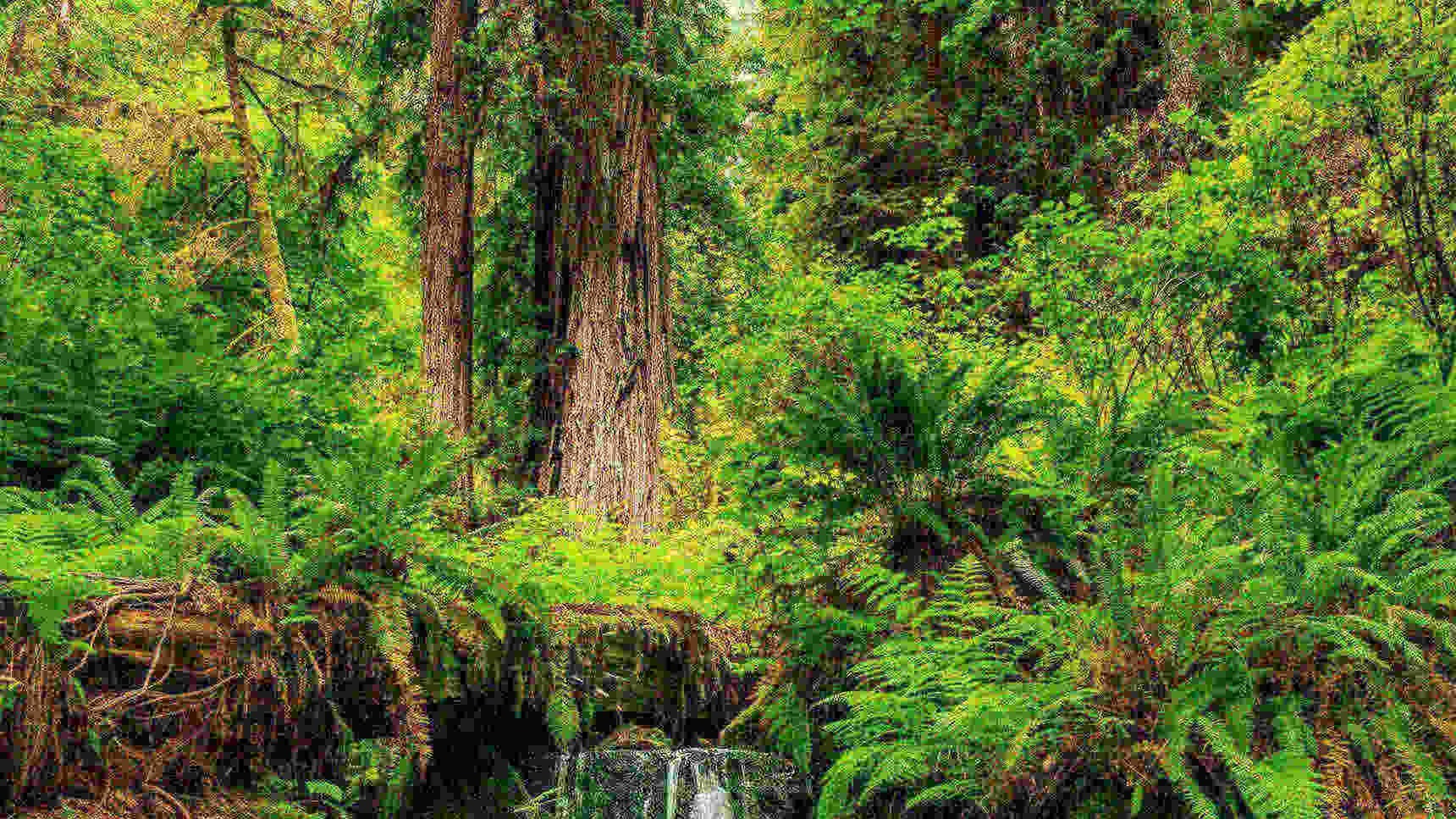Deforestation in the Amazon Rainforest
Deforestation is a major issue in the Amazon rainforest. This article discusses its effects and the recent establishment of the Unieuxi Indigenous Reserve.
Deforestation and its Effects
Deforestation is a major issue in the Amazon rainforest. It slows down the exchanges of gases of tropical forests, leading to less rainfall in the surrounding regions. In a recent study, rainfall patterns have been shown to decrease after tropical forests are cleared. However, conservation of tropical forests can reduce heat stress, boost crop yields and maintain stable water flows, making it economically beneficial to protect forests rather than clear them.

Unieuxi Indigenous Reserve
In Brazil, President Luiz Inacio Lula da Silva has recently decreed six new Indigenous reserves, including a vast Amazon territory named Unieuxi. Under the decrees, Indigenous people are guaranteed exclusive use of natural resources on these lands, viewed by scientists as a bulwark against Amazon deforestation. The Brazilian state is also committed to protecting reserve land from intrusions of timber traffickers or illegal miners - the main contributors to forest destruction.
Topological Perspective
From a topological perspective, deforestation affects the transfer of water between the earth and the air and causes the surrounding area to heat up. Tropical forests function like a heart by pumping water from the land into the air, forming clouds and releasing water as rain to be reabsorbed by trees. This recycling of moisture helps to maintain the large amounts of rainfall tropical forests need.